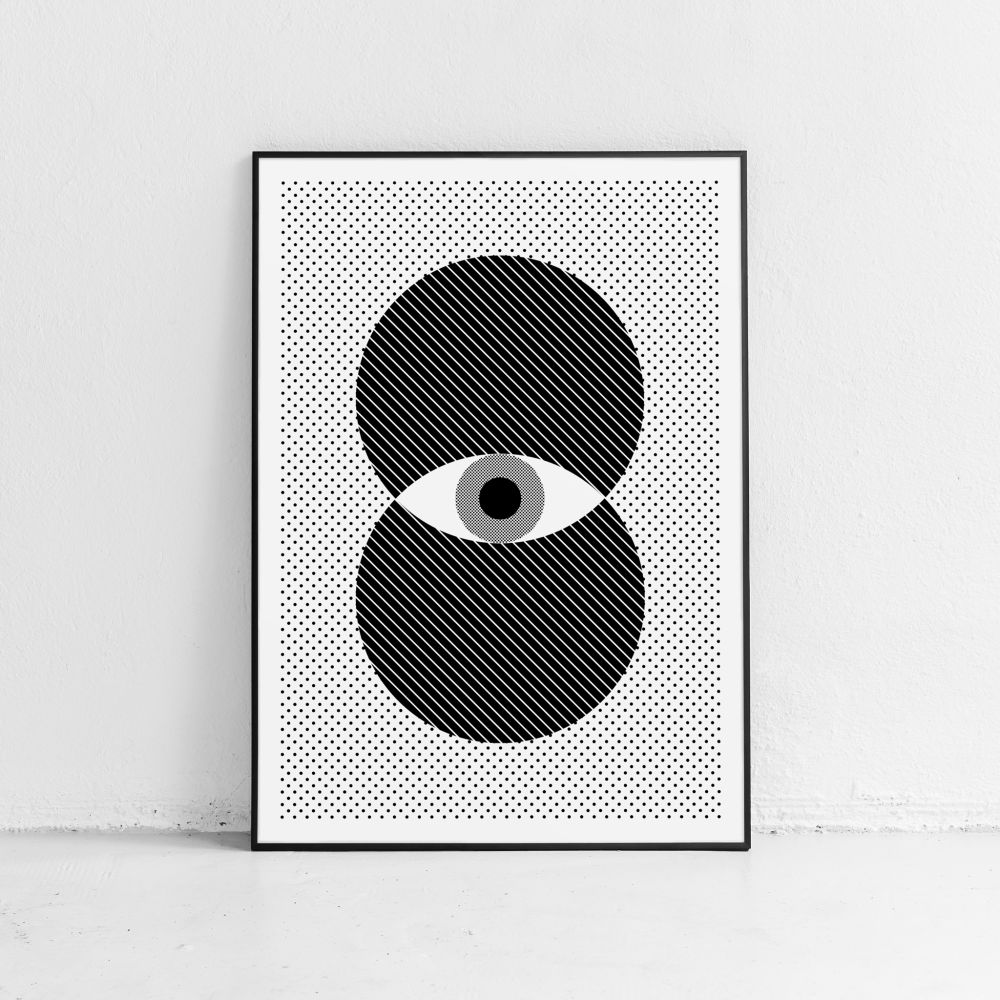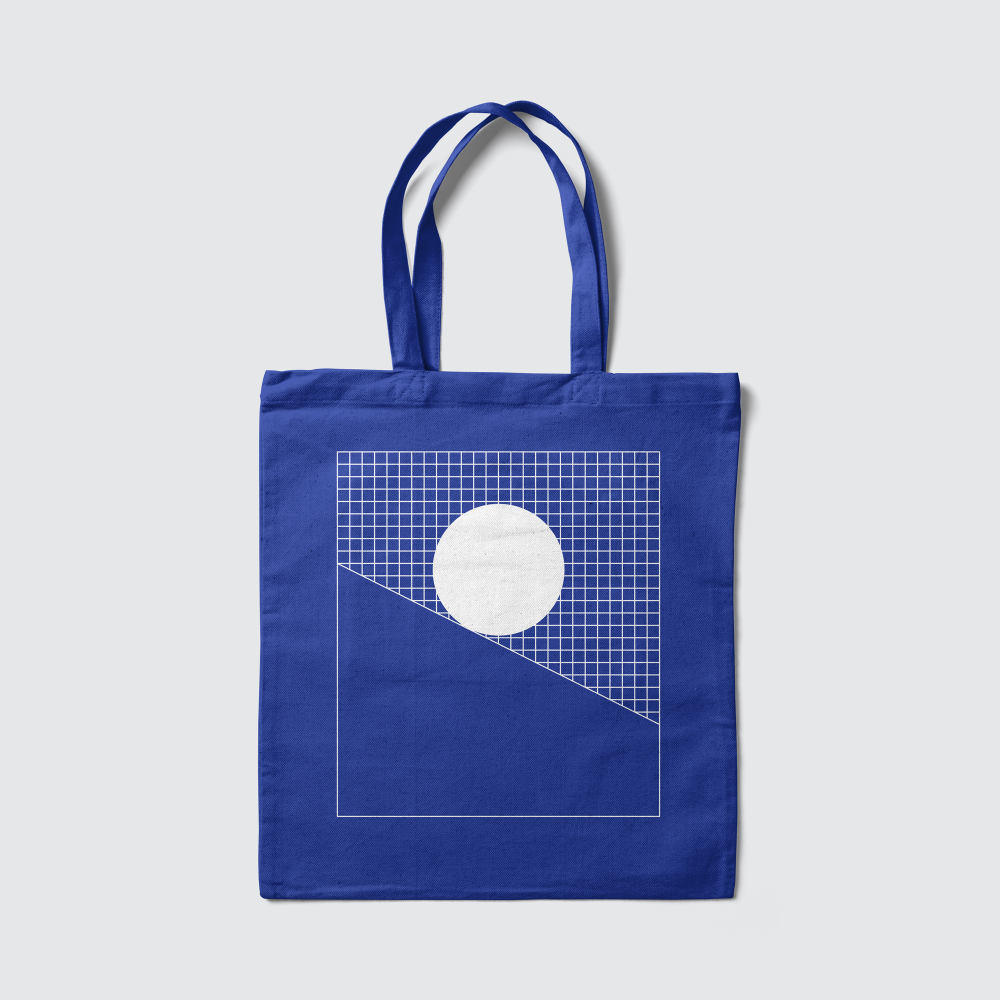
A strong visual identity is like a handshake: Tutor Ansel Neckles shares advice on building yours
So much of what we interact with on a daily basis – digitally and in real life – is a designed environment. This makes visual identity training relevant to people in a variety of fields from branding and marketing to user interface design.
Ansel Neckles who leads our new course ‘Visual Identity’ spoke to us about the core principles to remember and embrace during the process of building a visual identity. With a BA (Hons) Graphic Design from Camberwell College of Arts, UAL alumnus Ansel Neckles graduated with a degree in “resilience and stick-ability”. This led him to work as both a consultant and designer, and he is also co-founder of Let’s Be Brief – a learning platform for curious and creative minds.
When asked about the benefits of a business having a visual identity Ansel said “a strong visual identity is like a handshake — your initial introduction and opportunity to make an impression on your audience or client.” With that in mind we thought we’d get some his advice and top tips exclusively shared with you to start building your own visual identity….
Creating and maintaining a visual identity
Consistency
It’s important to start a relationship that you can maintain, so create what you can maintain over a span of time. If you’ve chosen a font or colour palette for your branding collateral, make sure you use the same colour palette and font across all marketing materials, including packaging, your website design and social media content. If you’re into sneaker culture, you know Adidas blue — with or without the logo. There is no reason why, over time, you can’t be as recognisable to your audience. Time, hence consistency, is the factor here.
All business is new business
It’s imperative that you keep looking at what you do with fresh eyes. If you’re feeling jaded, get another pair of fresh, objective eyes on the case. New ways of seeing your business can invariably lead to new ways of talking to your audience using visual language and tone of voice.
Understand the cultural space in which you wish to operate
Playing safe isn’t necessarily beneficial, and ‘disruption’ isn’t just a term used to describe Elon Musk; it can and needs to become an idea that you readily embrace. You want to be seen and remembered — like walking onto the dancefloor on prom night. You want to exist in culture, not just the world of business, as culture dictates the part you play in people’s lives. Bear in mind though, that establishing this relationship takes time. Which brings us back to consistency.
Sensory and emotional connections to customers
The key question to ask is ‘who is the customer?’ 10/10 times it will be a human being (the robots haven’t taken just over yet). A person with a range of human emotions, senses and interests. It’s easy to be complacent about such a seemingly common-sense notion, but this forgotten aspect can help to make a meaningful connection between you and your customer.
What opportunities does visual identity training give?
So much of what we interact with on a daily basis - digitally and IRL - is a designed environment, making visual identity training relevant to a variety of fields from branding, marketing to UI (user interface design). It will also put you in the role of art director or creative director, developing your communications skills and learning how to set a brief for a designer. Broadly speaking, visual identity training means being able to work effectively with collaborators to produce your ideas.
If you’re curious as to what you’ll gain from the two-day intensive in Visual Identity he’s filled us in…
By the end of the course you will be able to understand the principles of visual communication and design — and be able to apply them to your own brand or practice. Most importantly, you will gain a greater sense of confidence in interpreting and creating their own visual language.
Feeling inspired? Check out our User Interface (UI) and Visual Design Online Short Course.

